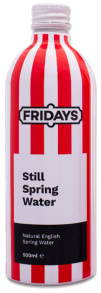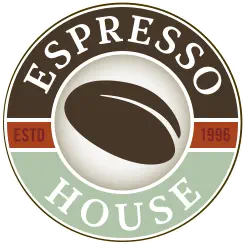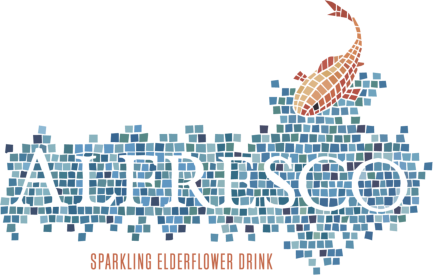The social and cultural trends driving the rise of non-alcoholic drinks
As social and cultural trends have shifted in recent years, non-alcoholic drinks have seen a surge in popularity. Events such as "Dry January" and "Sober October", as well as the increasing acceptance of non-drinkers in social settings, have all contributed to the rise of non-alcoholic drinks. In this blog post, we'll explore how these social and cultural trends are driving the increased demand for non-alcoholic drinks.
Dry and Sober months have become increasingly popular in recent years. It's estimated that around 40 million people participated in Dry January 2022, a definite rise from previous years. This trend is a major driver of the rising popularity of non-alcoholic drinks. The idea behind Dry January and Sober October is to break away from alcohol consumption for one month out of the year. People who do this typically do so to improve their physical and mental health, and to reset their relationship with alcohol.
A range of drink companies have taken advantage of this trend, sponsoring various campaigns and providing support to those who choose to abstain from alcohol consumption. This has increased the visibility of non-alcoholic drinks, encouraging more people to try them. No longer the leper in the corner, it is now socially acceptable to consume non-alcoholic drinks in our traditional drinking establishments. Plus the focus on health benefits, environmental friendliness, and economic impact has also been a powerful selling point for non-alcoholic drinks.
This new market that has been created for non-alcoholic drinks has led to an increase in its availability in pubs, bars and restaurants, plus national sponsorship of high profile sporting events such as Guinness 0.0 title sponsor for the UK Six Nations rugby tournament in 2023, and Heineken 0.0 promoting their brand for the US Super Bowl. Both of these examples shine a spotlight on the ever-expanding low (or non) alcohol market and how big names are picking up on a fast growing trend.
The emergence of non-alcoholic drinks is changing the way we view our own drinking culture within society. With big brand names now growing their non-alcoholic drink offering, we’re seeing an increased focus on healthier options and an acceptance of those who choose not to drink alcohol. This shift in attitude is making it easier for those who don't drink alcohol to feel included in social gatherings.
The debate between quality and demand has been ongoing for some time now, with no clear consensus as to which really causes an increase in products or services. Quality is often seen as the key factor in creating a successful non-alcoholic drink, while demand is believed to be the driving force behind success. A study by Harvard Business Review suggests that improved quality and variety can be a major driver of increased demand. At the same time, however, increasing demand for non-alcoholic drink may cause manufacturers to produce higher-quality items in order to capitalize on the increased interest.
(Ultimately, it is difficult to say definitively which factor causes an increase – quality or demand – as both are intertwined and can affect each other in various ways!)
Which do you think came first: the increase in quality or demand?
Our non-alcoholic spirits are ideal to be consumed by those turning away from alcohol, and combine natural botanicals and flavourings to create delicious non-alcoholic libations. Check out the ANON range here.






















